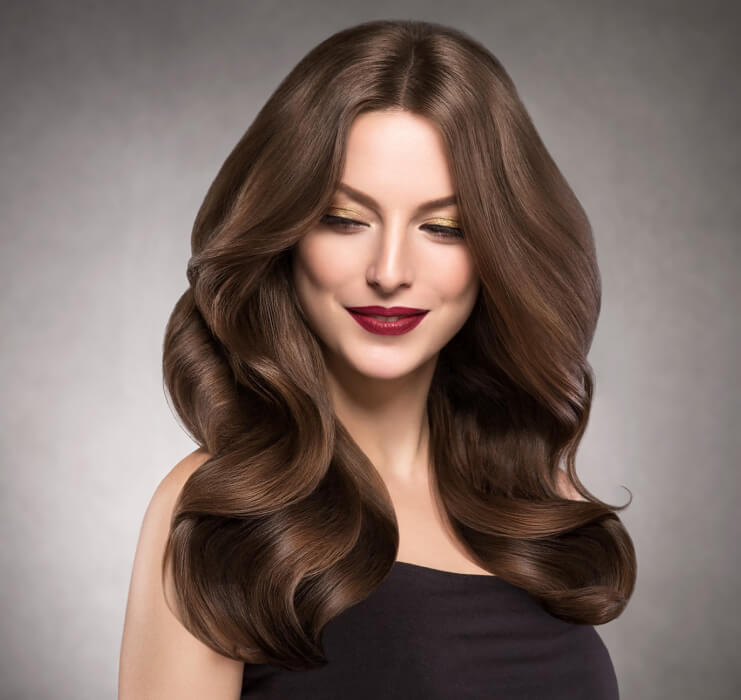Hair Cutting Techniques: Students learn various hair cutting techniques, including basic and advanced methods for cutting different hair types and styles.
Hair Coloring: This includes learning how to apply hair dyes, highlights, lowlights, and color correction techniques. Students also study the chemistry of hair coloring products.
Hair Styling: Students are trained in different hairstyling techniques, such as blow-drying, curling, straightening, and creating updos and special occasion hairstyles.
Hair Care and Treatments: Understanding the science of hair and scalp health is essential. Students learn about hair and scalp conditions, as well as treatments and products to address these issues.
Product Knowledge: Knowledge of various hair care products, including shampoos, conditioners, styling products, and tools (such as scissors, clippers, and styling irons), is a significant part of the curriculum.
Client Consultation: Effective communication and consultation skills are taught to ensure that hairstylists can understand clients’ needs and preferences.
Sanitation and Safety: Maintaining a clean and safe salon environment is crucial. Students are trained in proper sanitation procedures and safety protocols.
Salon Management: Some programs may include courses on salon management, which cover topics like scheduling, inventory management, and customer service.
Hands-On Experience: Practical training is a vital component of a hair designing diploma program. Students have the opportunity to practice their skills on real clients or mannequins under the supervision of experienced instructors.
Licensing and Certification: Depending on the location, graduates may need to pass licensing exams to become licensed hairstylists. Completing a diploma program is often a requirement for eligibility.
Continuing Education: The beauty industry is constantly evolving, with new trends and techniques emerging. Many hairstylists pursue continuing education through workshops and seminars to stay up-to-date with the latest trends and innovations.







